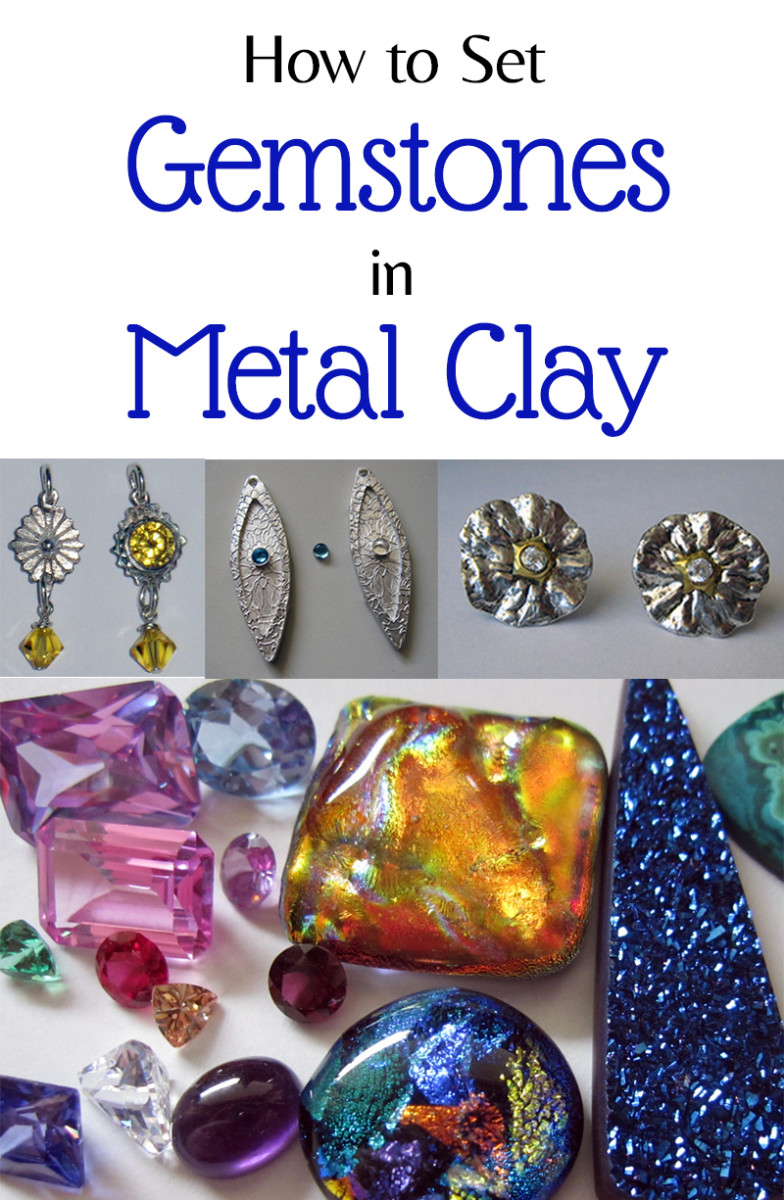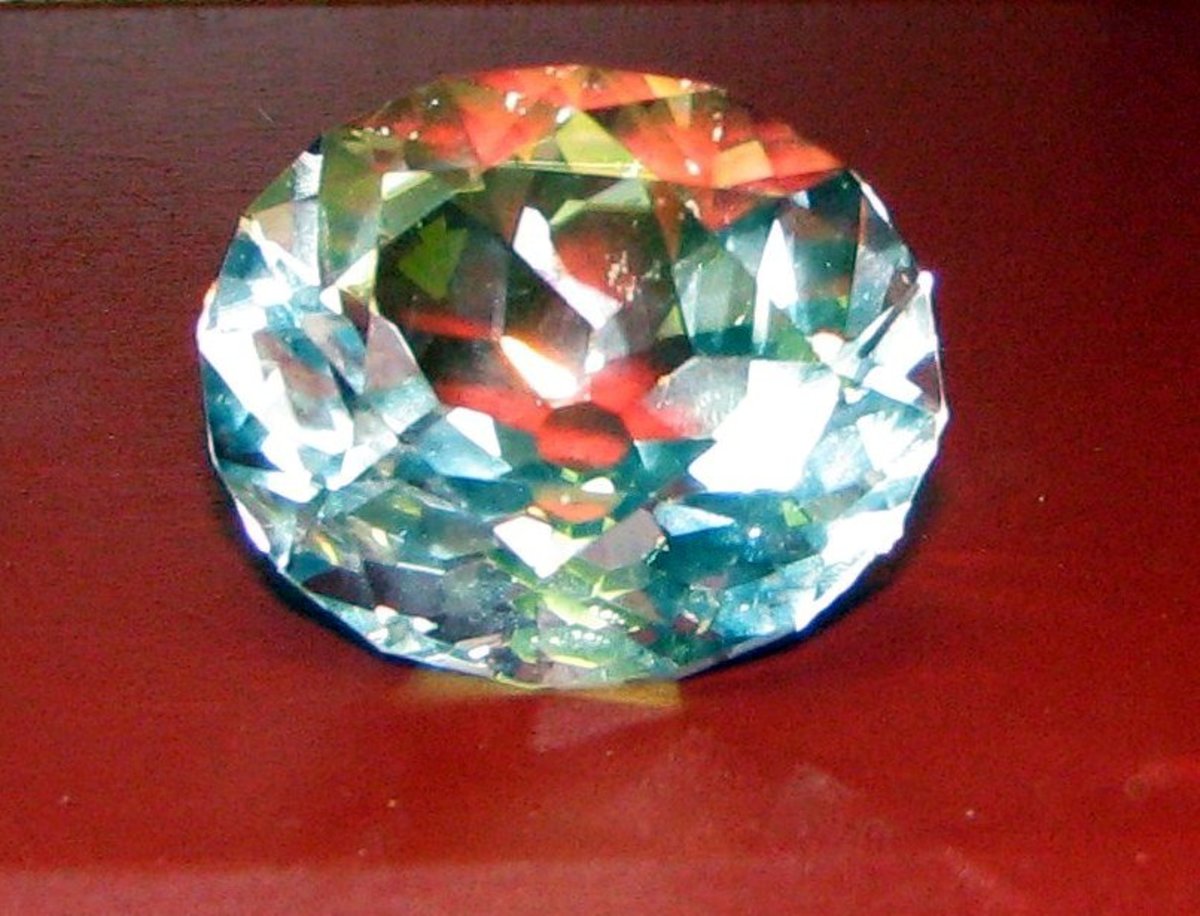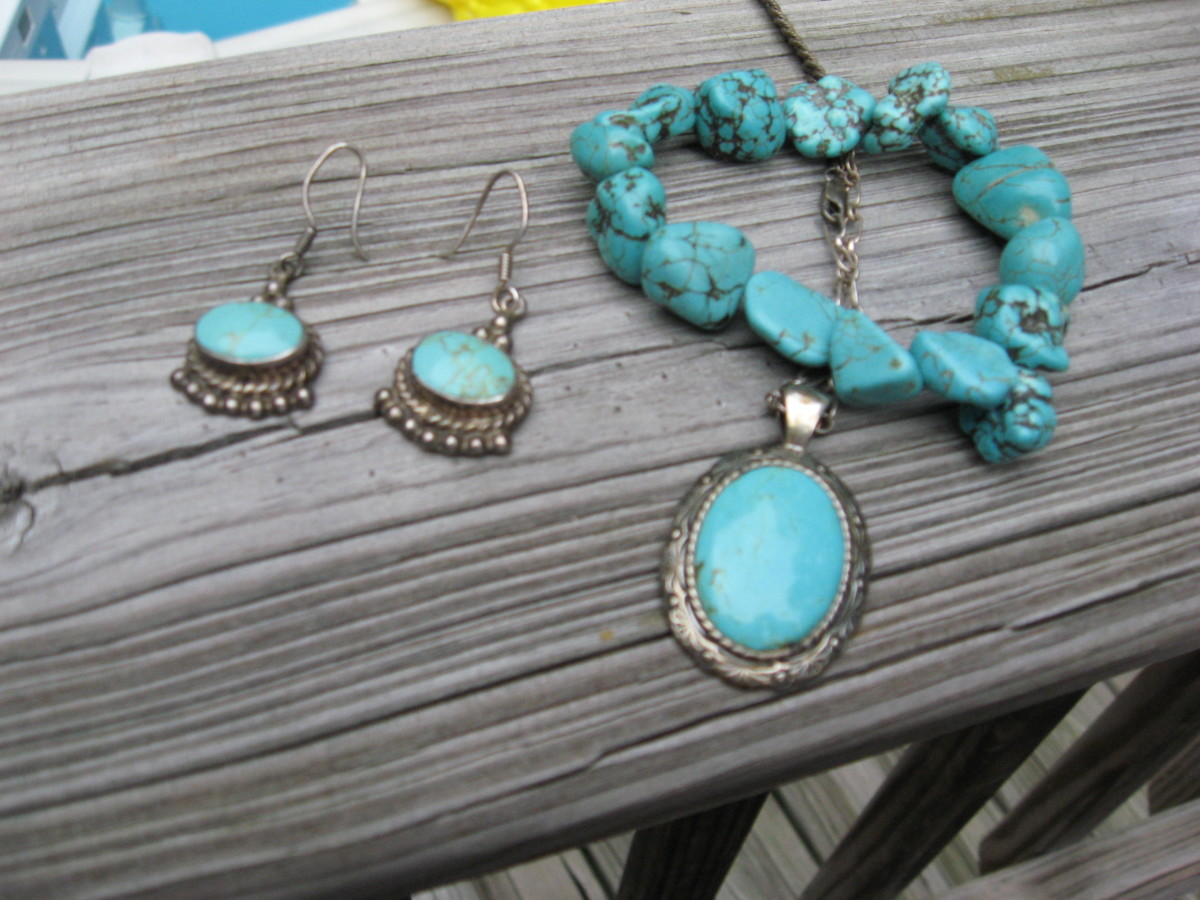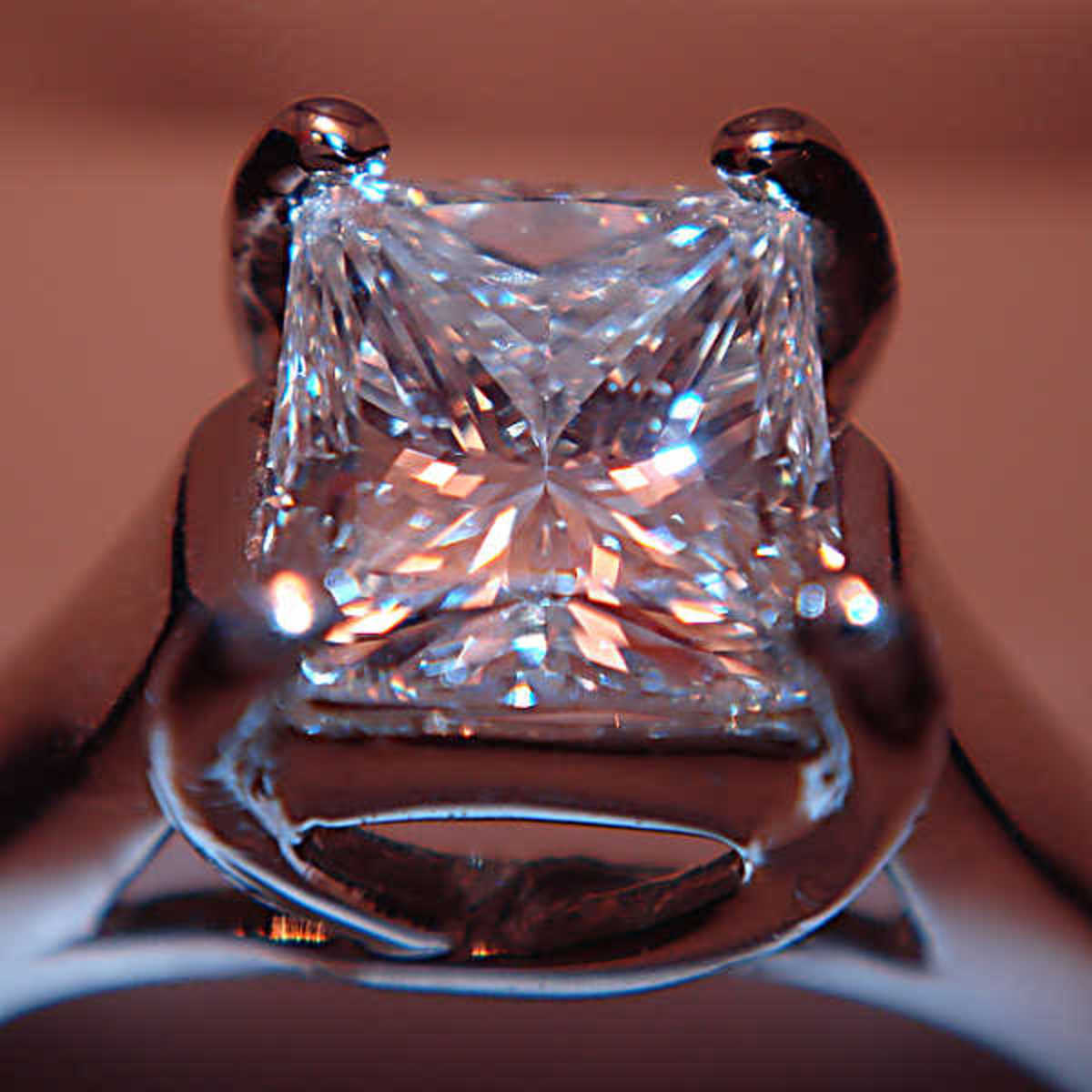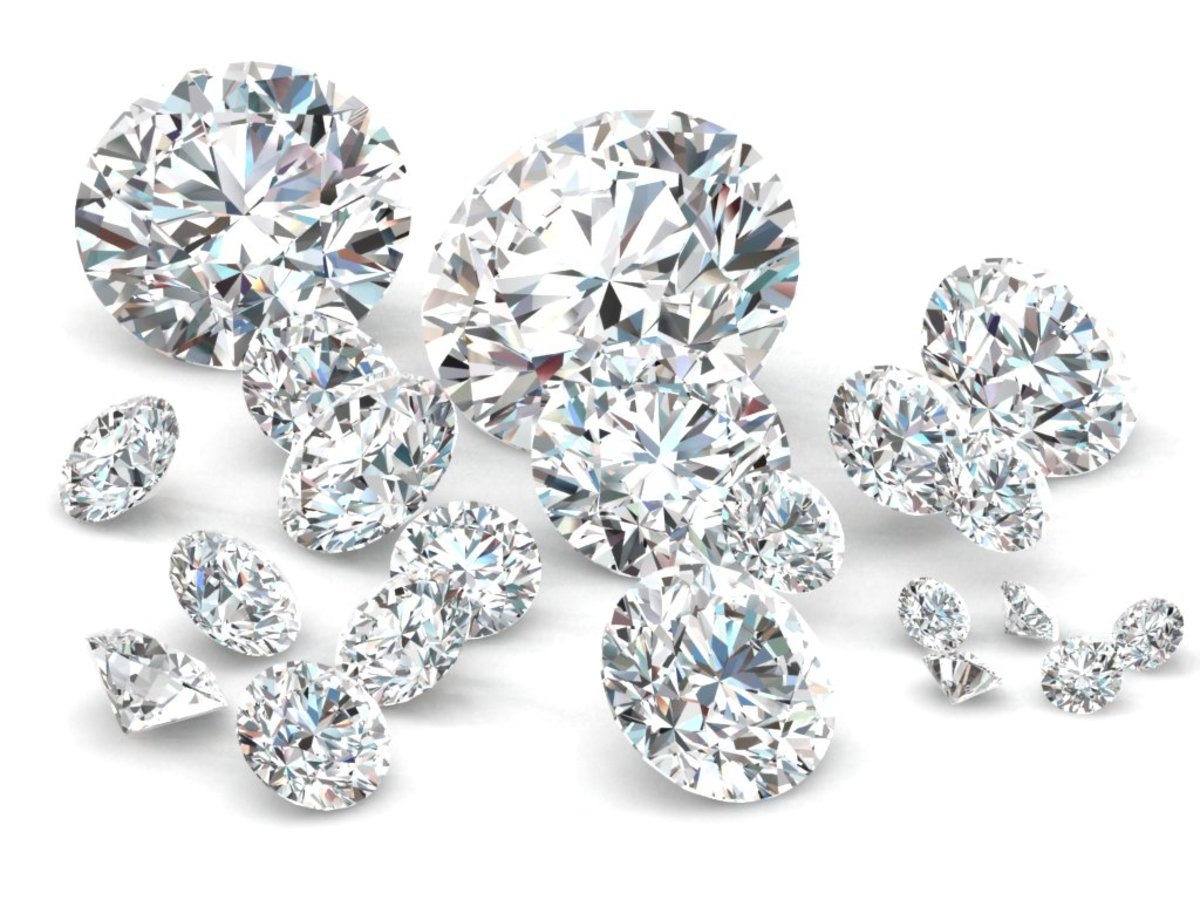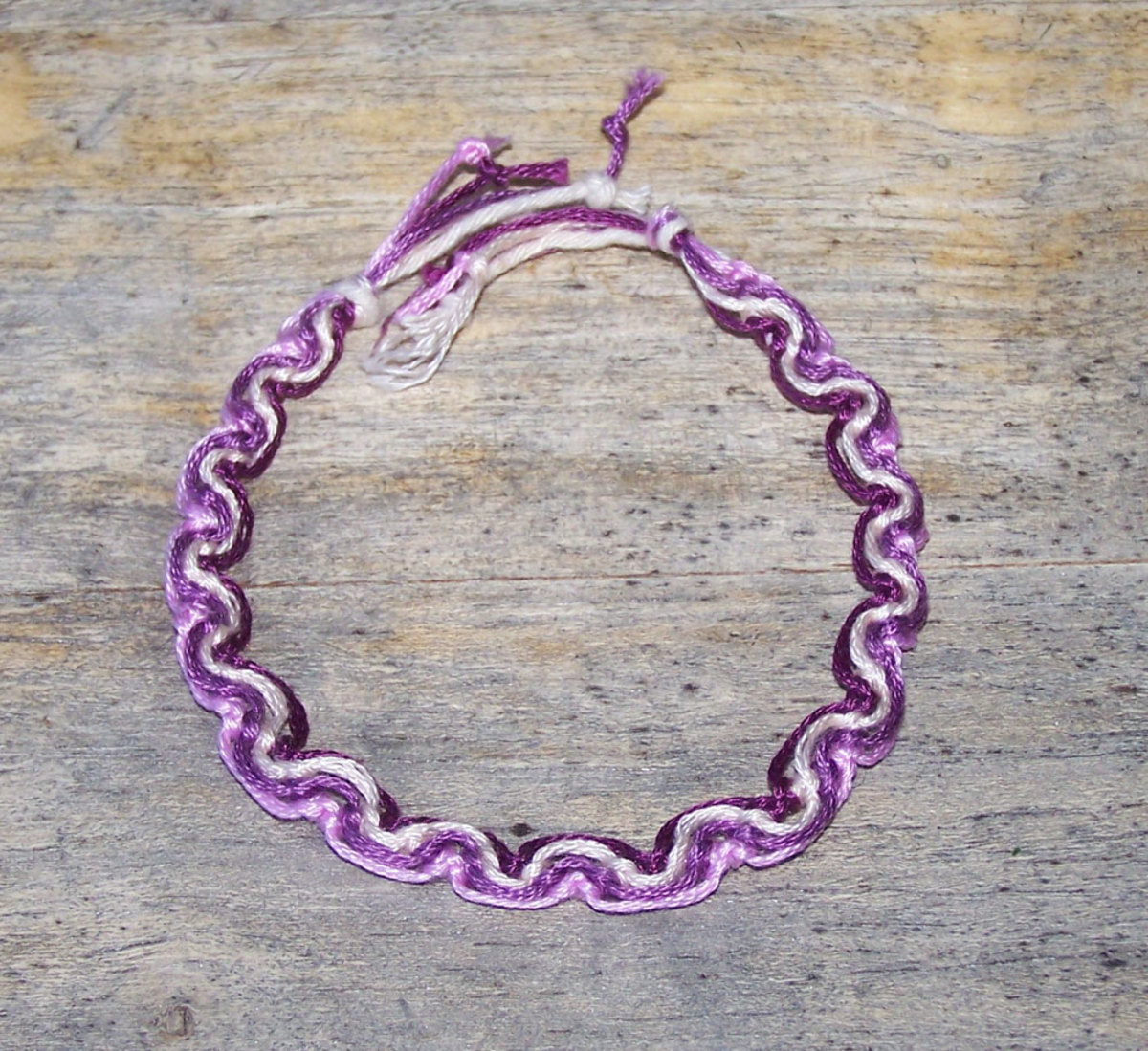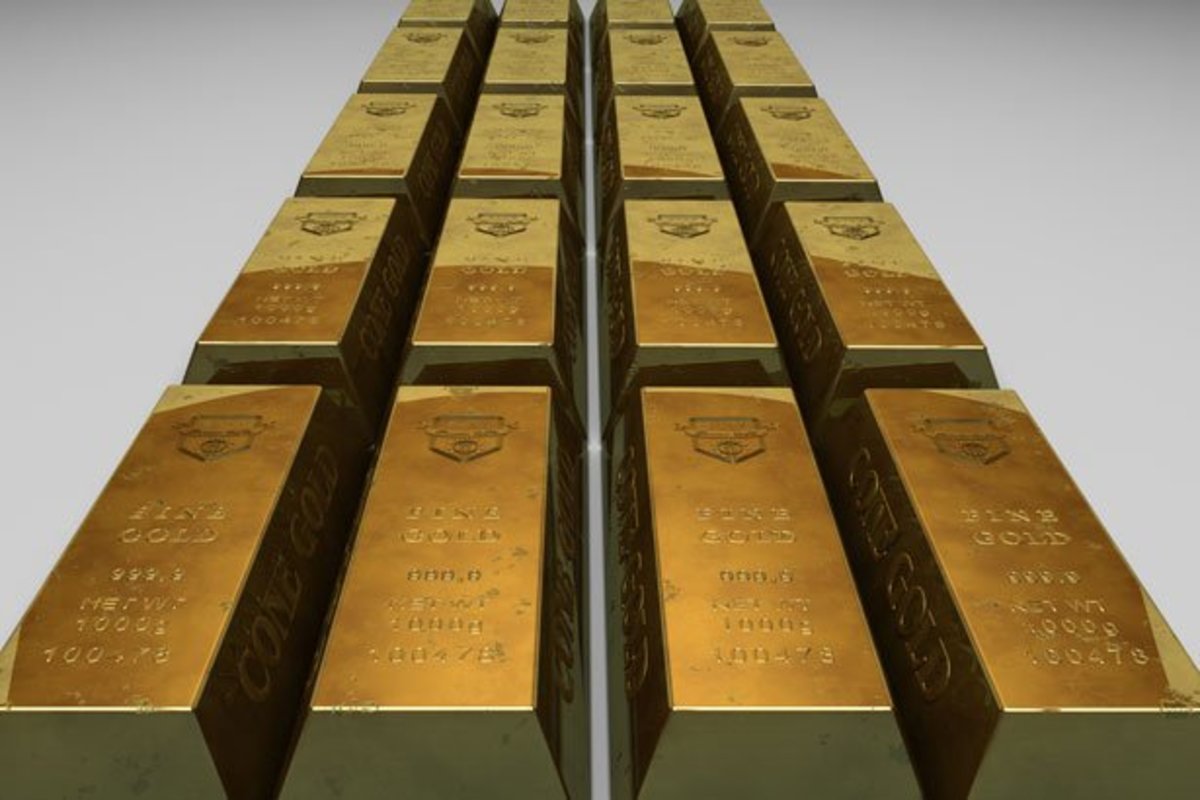Cubic Zirconia - The Artificial Diamond
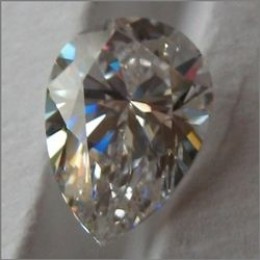
The Cubic Zirconia
Cubic zirconia (CZ) is a synthetic gemstone that very closely look like diamonds. CZ is made from a combination of high purity Zirconium Oxide powders stabilized with magnesium and calcium. Cubic zirconia, an alternative for diamond was first used for the production of jewellery stones in 1976. The amount of each component is carefully controlled for processing CZ, with certain additives sometimes being used to achieve an alike appearance to genuine diamonds. Fore runner to Cubic Zirconia as diamond imitations included Strontium Titanate and Yttrium Aluminum garnet. However, Strontium Titanate was too soft for certain types of jewellery. Cubic zirconia became more accepted since its look is very close to diamond as cut gems.
Photo courtesy: Flickr
Photos courtesy: Photobucket Album
Natural, Synthetic and Simulants
A gemstone or gem can be described as a jewel or semi-precious stone, cut and polished for personal ornamentation. Gemstones manufactured in all producing countries are of three types: 1.Natural, 2.Synthetic, and 3.Simulant.
The natural gemstones are cut from minerals of crystalline form such as quartz, beryl, and corundum (the original diamond is a crystal of pure carbon.). Organic constituents such as coarl, amber, fossil, ivory, natural and cultured freshwater pearls, and natural saltwater pearls are also measured 'natural' gemstones.
Laboratory grown synthetic gemstones have fundamentally the same look, optical, physical, and chemical properties as the natural material that they represent. Synthetic gemstones produced in the US and in some other countries include alexandrite, coral, diamond, emerald, garnet, quartz, ruby, sapphire, spinel, and turquoise. There are also synthetic stones that do not have a natural equivalent.
Simulants are laboratory grown gem stones that have a look parallel to that of a natural gem stone but have various optical, physical, and chemical properties. Cubic zirconia, a substitute for diamond, falls into this simulant category and was first used for the manufacture of jewellery stones in the year 1976.
Cubic Zirconia - Jewellery



Photos courtesy: Photobucket Album
Cubic zirconia is crystalline, flawless, and sufficient to rate a "D" on the diamond scale for clarity. However usually colorless, it can also be created in nearly any color, including soft yellow, distinguishing of some diamonds. Cubic zirconia shines brighter than crystal and is harder than most gems, making it very tough. It also weighs nearly 65% more than diamond. Though, if there is an apparent difference between the two to the untrained eyes, it is that cubic zirconia has a higher dispersion rate than the real diamond.
In an example of gemstones, dispersion denotes to the capability of a mineral to split light into various wavelengths, creating 'prism-like' colors or "fire." Since cubic zirconia has a higher dispersion rate than diamond, when light sparkles on cubic zirconia, it brilliantly twinkles with many different colors refracted in its crystalline structure. Yet very appealing, it "outshines" a natural diamond in this sense, potentially giving itself away. Attempts continue to be made by some producers of cubic zirconia to render the gem even further diamond-like. It is already so close in look that, in some instances, a jeweller's loop is needed to tell it from a high-quality diamond.
It is sometimes wrongly mentioned as "Cubic Zirconium". It should not be jumbled with zircon, which is a zirconium silicate (ZrSiO4). CZ is an important competitor for diamonds since 1976 because of its low cost, stability, and close visual similarity to diamond, simulant Cubic Zirconia has remained the most economically and gemologically. Its main rivalry as a artificial gemstone is the more recently developed material, synthetic 'Moissanite'.
Because of its low cost, durability, and close visual likeness to diamond, synthetic cubic zirconia has remained the most gemologically and economically important competitor for diamonds since 1976. It is sometimes marketed under the brand name "Diamonique". Its main competition as a synthetic gemstone is the more recently cultivated material, synthetic moissanite.
The gemstones simulants produced include coral, cubic zirconia, lapis lazuli, malachite, and turquoise. Furthermore, certain colors of synthetic sapphire and spinel, used to signify other gemstones, would be classed as simulants. Colored and colorless variations of CZ are the main types of simulants produced and have been on the market for over 30 years. As with real diamond, CZ is obtainable in both higher and lower grades, ranging from several tens of dollars per carat to $100 per carat for the higher grades.
Photos courtesy: Photobucket Album
Rough Stones
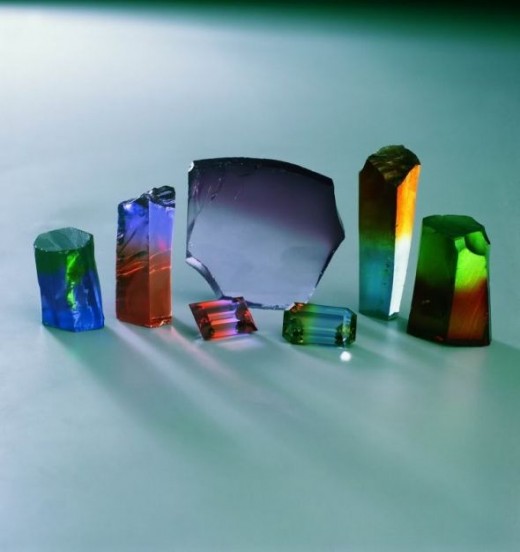
French chemist Edmond Fremy created the first commercial synthetic gemstones in the year 1877 by a unique melt growth method. These were small ruby crystals and were grown by fusing together a mixture including Aluminum Oxide in a clay crucible, this progression taking about 8 days. These were called reconstructed rubies. In the year 1885, larger synthetic rubies made their appearance using a flame fusion method and alumina powder. Later, sapphire, spinel, rutile, and strontium titanate were grown with this method, also known as the' Vemeuil' technique.

CZ Processing
The skull melt method is used for cubic zirconia.
Its amazing diamond-like look and inexpensive price tag, Cubic Zirconia is a very popular gemstone used most frequently in jewellery such as rings, earrings, bracelets and pendants. Even though cubic zirconia is synthetic, it is motivated by its natural counterpart, zirconium oxide (ZrO2), first discovered in 1892 but too odd to be commercially profitable. Concluded a series of separate experiments by German and Soviet scientists, zirconium oxide and yttrium oxide were eventually melted together at temperatures reaching 4,982ºF (2,750ºC) to grow cubic zirconia crystals in the laboratory.
The Soviet-perfected skull crucible is still used today, with slight variation. The "skull" is an empty-walled copper cup. Water is distributed through the hollow walls to cool the inner wall of the skull. The cup is packed with powdered ingredients and heated by radio frequency induction until the powders melt. As water cools the walls of the skull, the powdered materials next to the walls do not melt, and the molten material is restricted within a shell of un melted material. So, the reactive or high-temperature melt is limited within itself. After the heat source is removed and the system is allowed to cool, crystals form by nucleation and grow until the total melt solidifies. Crystals produced using this system vary in size, depending on the number of nucleations. In developing cubic zirconia, a single skull yields about 1 kg of material per cycle.
Finished CZ - Ready for Sale Stage
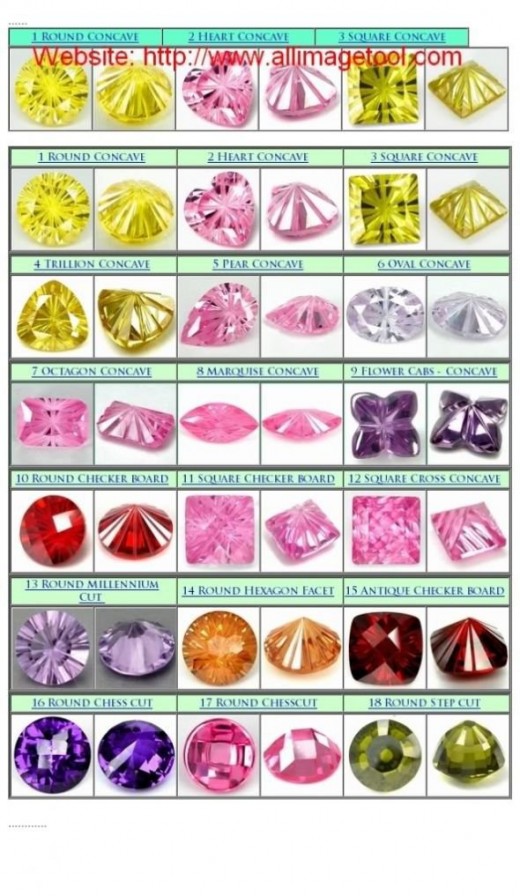
Difference between Real Diamond and CZ
How Can I Identify A Real Diamond?
Hardness:
Diamond can scratch "Cubic Zirconia" without difficulty but "CZ" can't scratch diamond. (CZ is not real diamond and its hardness is also much less than the real one which is the hardest of all Gemstones)
Weight compared to size:
A real Diamond with the same size of a "Cubic Zirconia" will be lighter in weight. (Carat - A measurement of weight.) One metric carat is equivalent to 0.2 grams. Do not confuse the terms Carat and Karat. (KARAT: A measurement of gold purity.)
Read through effect:
Original diamond when placed table down on a printed matter (preferably a line) and examine from above the girdle (sharp side - Pavilion side) will not exhibit read through effect but "Cubic Zirconia" will display low read through effect.
Inclusions:
Real Diamond will have black metallic inclusions like iron and nickel where "CZ" will have white un-melted powder which sometimes appears like gas bubbles.
Still unable to find a real diamond ask for a certificate:
Certification:
The authorized grading report is the guarantee of quality for that diamond. The most important step in choosing a diamond is reviewing the diamond certificate.




